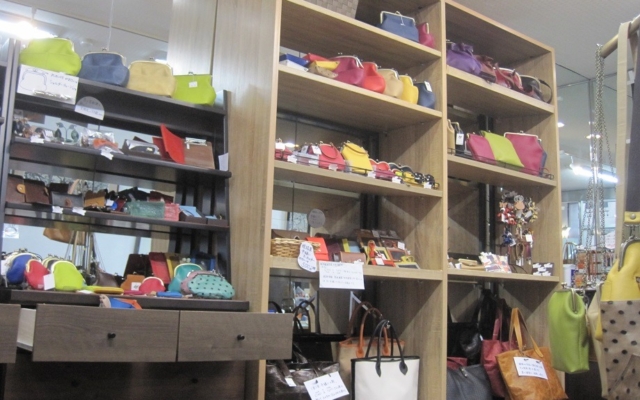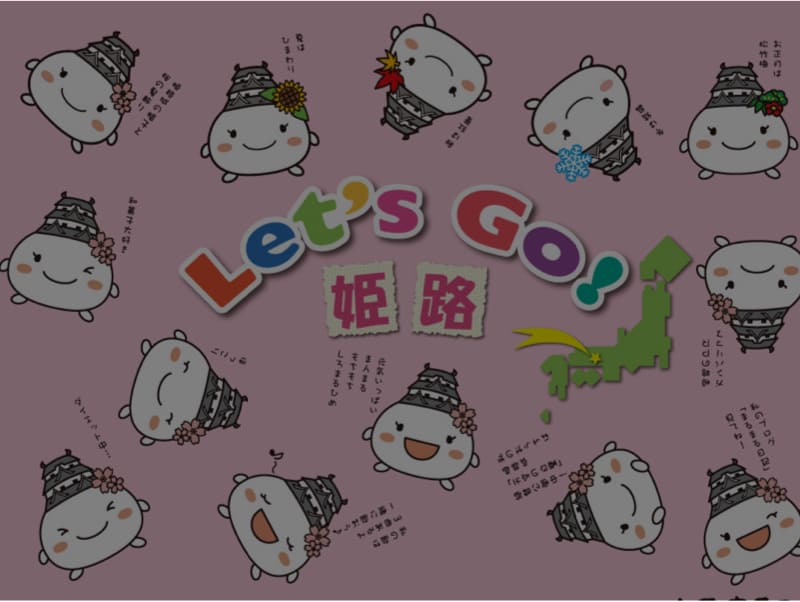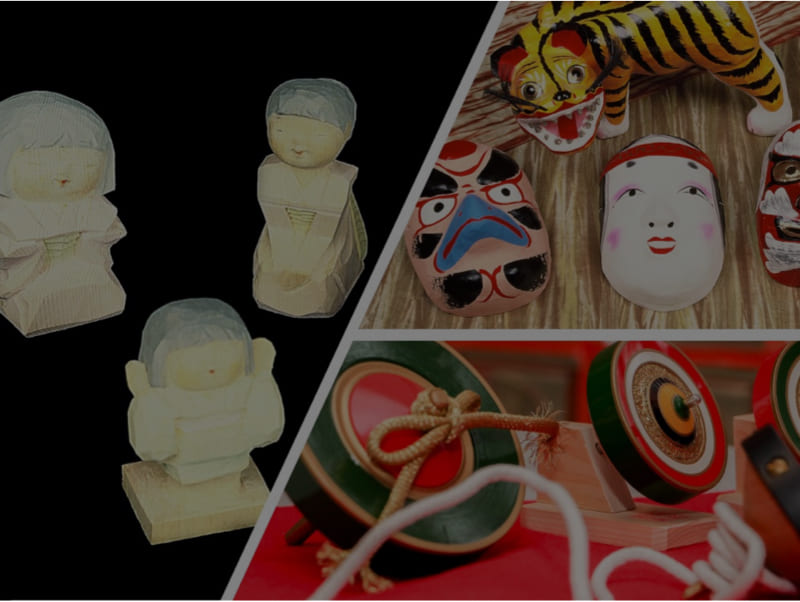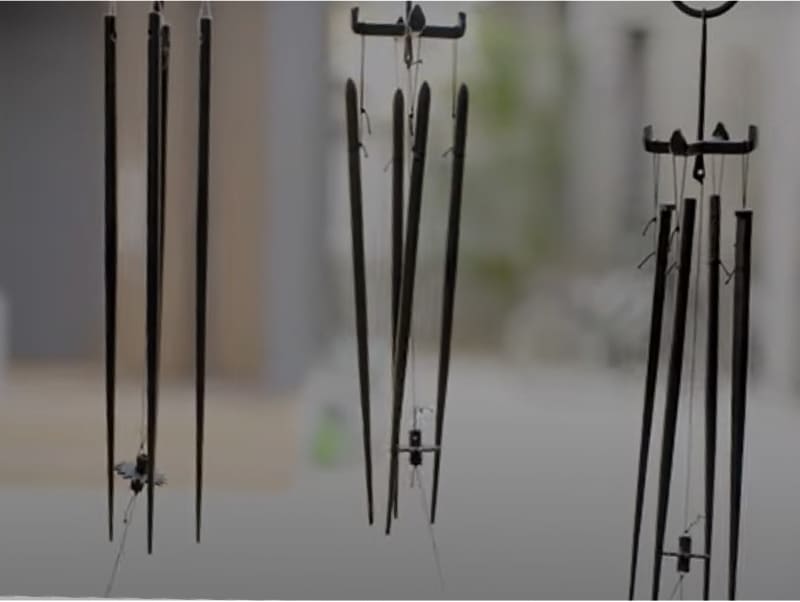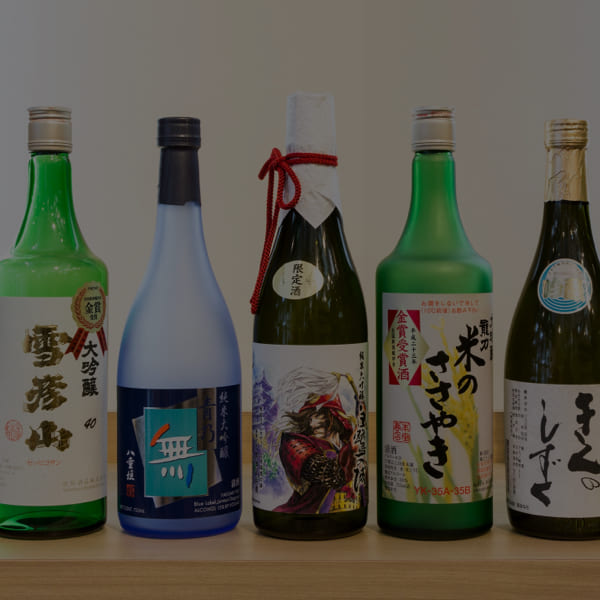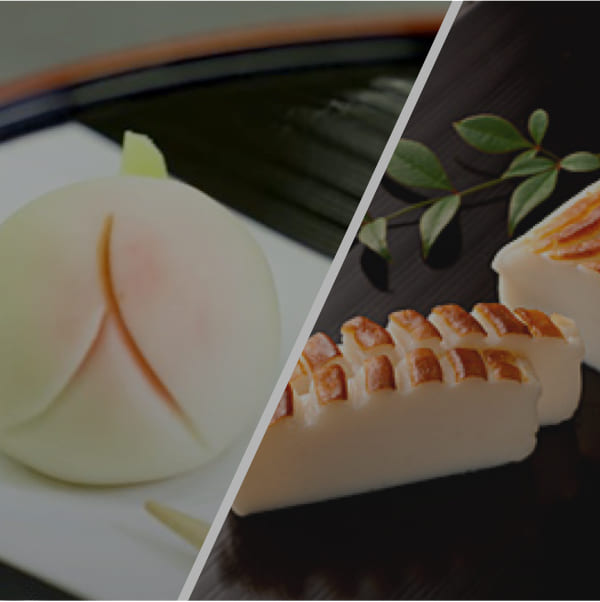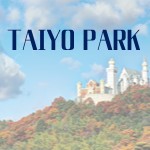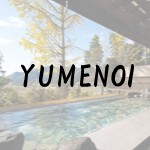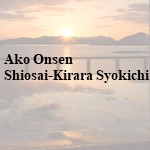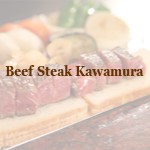Productos localesProductos de cuero
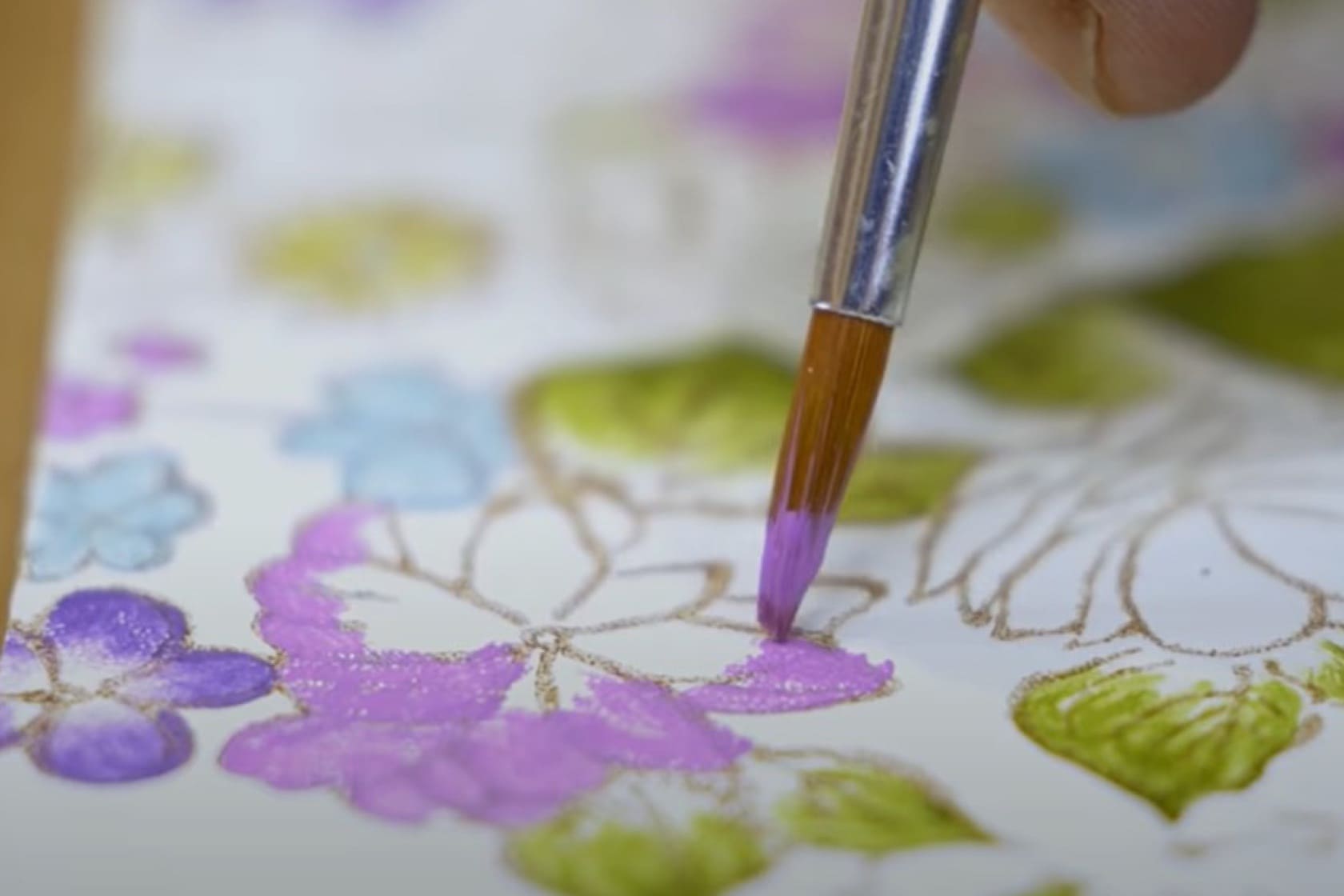
Leather tanning has long been practiced in the Harima region, as can be seen in the Engishiki, a collection of laws and ordinances from the late Heian period (794-1185). In the Himeji area, in the center of the region, gentle rivers with wide riverbeds and the plentiful cattle of Western Japan provided plenty of materials.The Seto Inland Sea offers a climate that is relatively warm and with little rainfall, providing good conditions for bleaching hides in the sun, as well as the salt needed to preserve and treat the leather. This, in addition to Himeji's location relative to centers of commerce and transportation like Osaka and Kyoto, provided all the elements needed to make leather tanning a prosperous industry in Himeji. In the Middle Ages and onward, many white tanned leather products were produced in Himeji and became popular nationwide, highly valued for their toughness and durability, and used by samurai for their armaments and other items. Even today, Himeji boasts one of the nation's largest production volumes of white tanned leather: your own leather goods may actually have been made in the Himeji area. Sales of small leather goods and workshops are frequently held in Himeji.

